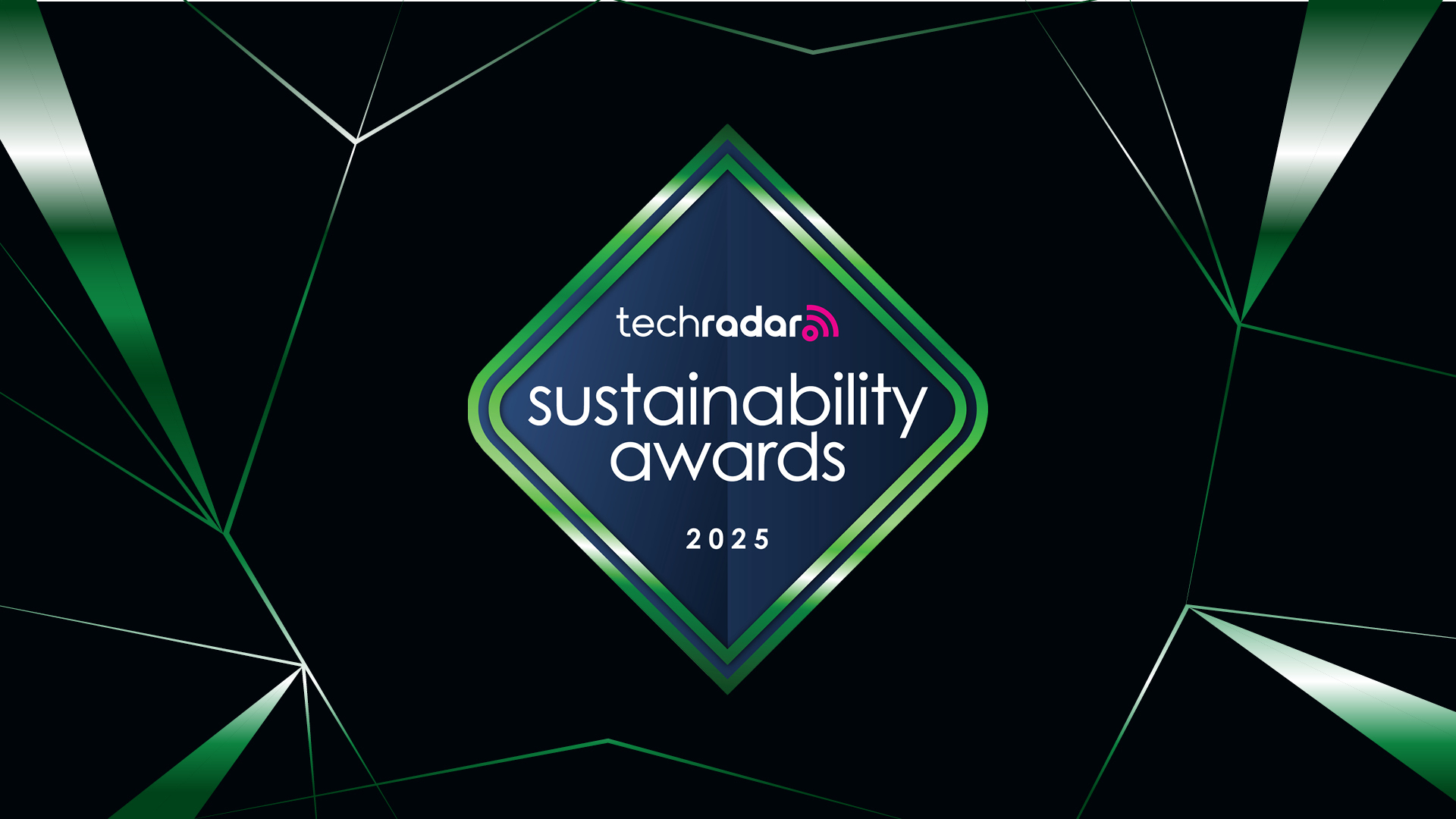As the world commemorated Earth Day this past week, the team at TechRadar dedicated its content to exploring the crucial intersection of technology and sustainability. Dubbed “Sustainability Week 2025,” the initiative showcased a comprehensive suite of stories, analyses, and guides delving into the efforts and innovations driving a more environmentally conscious tech industry.
Recognizing the urgent need for greener practices, TechRadar’s editorial team curated a diverse range of content, aiming not only to celebrate existing sustainability champions but also to challenge the status quo and highlight the ongoing journey towards a more eco-friendly future for technology.
One of the key pillars of Sustainability Week was a series of in-depth profiles on companies leading the charge in ethical and sustainable practices. Among these was a detailed look at Fairphone, a Dutch manufacturer renowned for its modular smartphones designed for longevity and repairability.1 By prioritizing easily replaceable parts and advocating for fair labor practices, Fairphone presents a compelling alternative to the traditional cycle of planned obsolescence that plagues much of the consumer electronics market.2 TechRadar’s piece likely explored Fairphone’s unique business model, its impact on reducing e-waste, and the challenges it faces in scaling its vision within a competitive industry.
Beyond celebrating current efforts, Sustainability Week also shone a light on exciting breakthroughs in sustainable technology. One particularly intriguing area explored was the potential of extreme heat in revolutionizing lithium-ion battery recycling. As the demand for electric vehicles and portable electronics continues to soar, the need for efficient and environmentally sound battery recycling methods becomes increasingly critical. TechRadar’s coverage likely delved into the science behind this innovative approach, its potential to recover valuable materials, and its implications for reducing the environmental footprint of battery production and disposal. This exploration of cutting-edge research offered readers a glimpse into the future of sustainable resource management within the tech sector.
Acknowledging that individual consumer choices play a significant role in fostering a more sustainable ecosystem, TechRadar also provided practical guidance on how to best shop for secondhand tech. In a world saturated with new gadgets, the environmental benefits of purchasing pre-owned devices are often overlooked. These guides likely offered valuable tips on where to find reliable secondhand electronics, what to look for when buying used devices, and how to ensure their longevity. By empowering consumers to make more informed choices, TechRadar aimed to promote a circular economy within the tech landscape.
To further amplify its sustainability message, TechRadar extended its coverage beyond its website, creating engaging new video content for its TikTok, Instagram, and YouTube channels. These visually driven pieces likely complemented the written articles, offering digestible insights, behind-the-scenes looks at sustainable tech initiatives, and perhaps even practical tips demonstrated visually. By leveraging these popular social media platforms, TechRadar aimed to reach a wider audience and engage with viewers in dynamic and accessible ways, encouraging a broader conversation around tech and sustainability.
In conclusion, TechRadar’s Sustainability Week 2025 served as a comprehensive and engaging exploration of the multifaceted world of sustainable technology. By highlighting champions, exploring innovative solutions, providing practical consumer advice, and leveraging multimedia platforms, the initiative underscored the importance of environmental responsibility within the tech industry and aimed to inspire both industry players and consumers to embrace a greener future. The depth and breadth of the coverage demonstrate TechRadar’s commitment to not just reporting on technology but also on its impact on the planet.

Leave a Reply